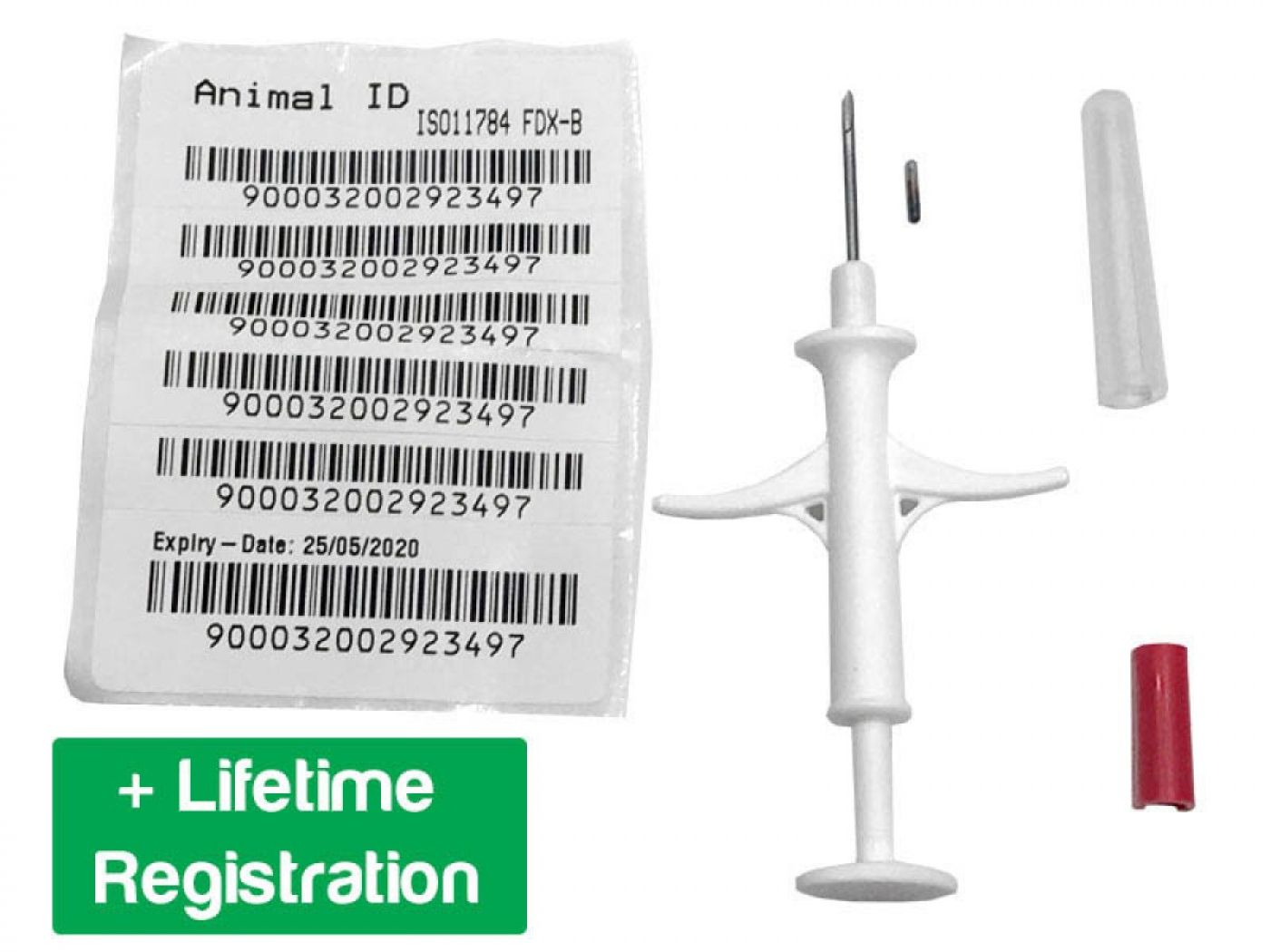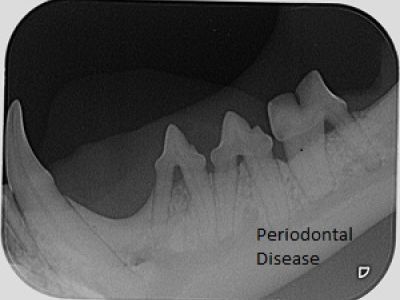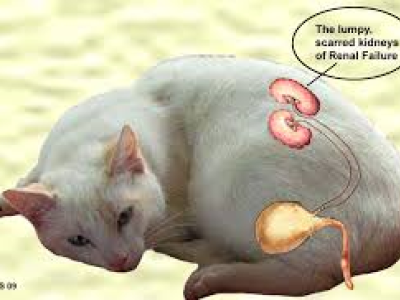Microchipping - Source Numbers

COVID-19 has seen a massive increase in the number of animals recently adopted. This is an exciting and fun time for families. Hopefully, everyone understands this is a life-time commitment.
Many lost pets, including young pups and kittens are never returned to their owners because they do not have any form of identification. Microchips are a way of permanently identifying your pet for life.
A microchip is a tiny electronic device about the size of a grain of rice that uses radio waves to transmit stored information when it is read by a scanner. Microchips store a unique identification number and do not wear out. They are made of a material that is compatible with body tissue, so rejection at the site is unheard of.
Microchips come preloaded in a sterile syringe and are implanted just under the pet’s skin between the shoulder blades. The entire procedure is like a regular injection, it is very quick and does not require pain medication or anaesthetic. Microchips can be implanted in a quick, simple procedure in a consultation for the lifelong security of having your pet returned. After injection, the microchip becomes encased in the tissue at the injection site. It may move slightly but usually stays at or near the site where it was injected.
When a lost or injured pet is taken to a clinic or shelter, he/she will be scanned for the presence of a microchip. If the pet has a chip the scanner reads the pet’s identification number. The personal details of the owner are accessed, and the clinic can access the registry database and immediately contact the owners for the quick return of their pet.
Recently, there has been a change to the microchip registration system. This has happened to trace the origin of all pets, including registered breeders, pet shops, puppy-farms, welfare and home breeders. It is now compulsory to have a “source number” for all microchip registrations for pets born after 1/7/20. This source number will identify individuals, breeders, organisations and businesses. If you adopt an animal without a microchip or have a litter, you register once for a supply number. This number remains yours indefinitely for all future microchip implants. It is a simple registration process via the Pet Exchange Register. (https://per.animalwelfare.vic.gov.au/) This number is required by us prior to implant.
Through our own computer system, we also store microchip numbers on patient’s histories so that if our own patients come into the clinic as stray’s we can quickly contact the family. This happens on a regular basis with bad weather when animals are scared and escape or a new animal to the family finds a way out of their backyard.
When changing address or contact phone numbers remember to update your details with the central registry so that your animal can be reunited with you quickly. If your animal has been microchipped before you took ownership update the contact details and please advise our clinic of the microchip number for further security.


